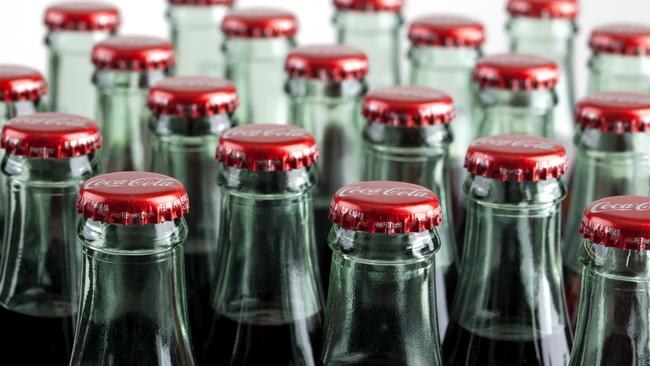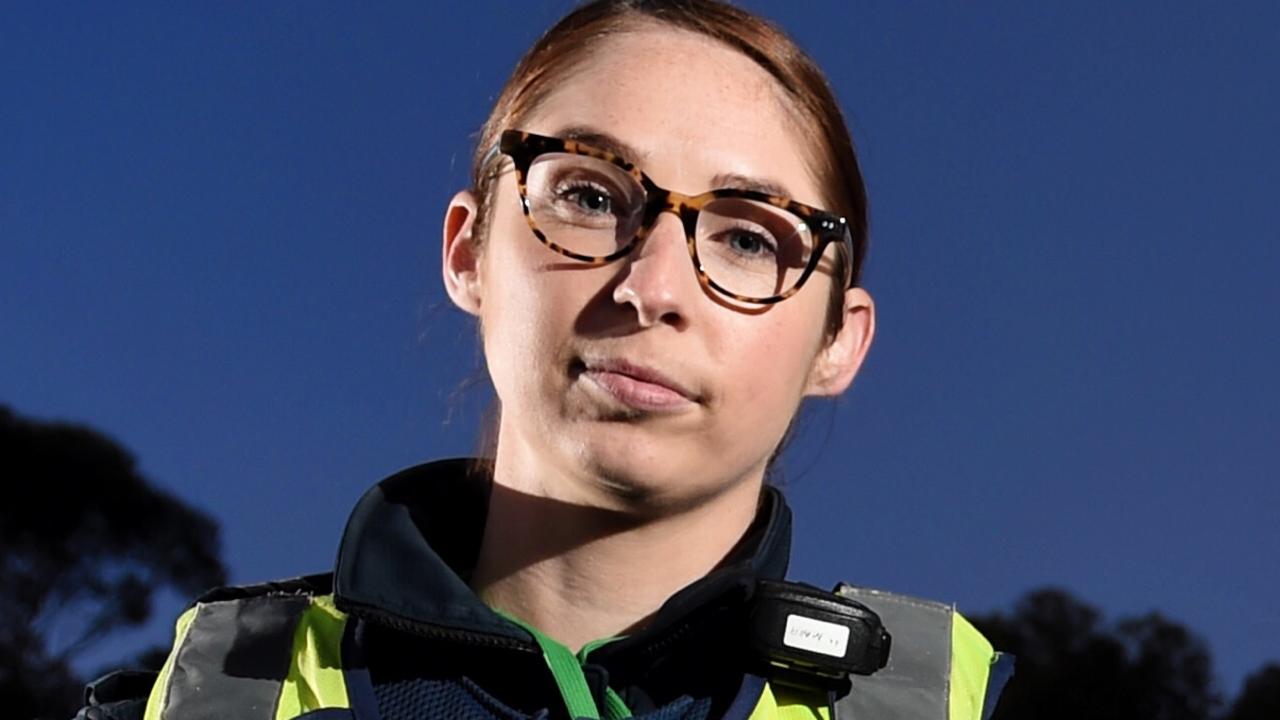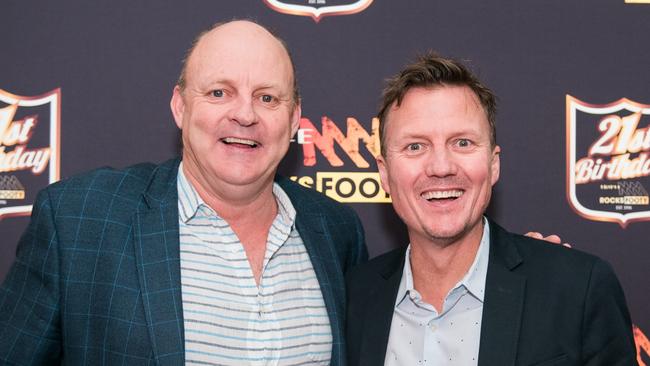Soft drink sales drop after The Alfred hospital hides them from from public view
A HOSPITAL trial that saw high-sugar soft drinks hidden from public view drove people to buy healthier options.

VIC News
Don't miss out on the headlines from VIC News. Followed categories will be added to My News.
A HOSPITAL trial that saw high-sugar soft drinks hidden from public view drove people to buy healthier options.
The Alfred hospital now plans to raise the price of unhealthy drinks by 20 per cent to see if it can further encourage better choices.
The Alfred saw sales of unhealthy beverages fall 12 per cent over the six months of the trial, yet retailers suffered no financial impact.
By moving high-sugar drinks out of visible displays and putting them in fridges under the counter, consumers drank them less while buying more of healthier options, including water and reduced-fat milk.
So Alf’s Cafe at the hospital, which sells 4000 drinks a week, did not suffer any financial impact and has been more than happy to make the change permanent.
With other hospitals, sports centres and councils following the research, measures mimicking the removal of tobacco displays could be rolled out in other areas, said Alfred Health population health expert Kirstan Corben.
“We can make changes to the environment that cost very little to make, and that people don’t really notice, but do strongly influence people’s choices,” she said.
“There is no reason why you couldn’t apply it everywhere, given there is no negative commercial outcome.”
Health Minister Jill Hennessey praised The Alfred’s trial for finding a simple and effective way to encourage a healthy change.
“Having a healthy diet doesn’t mean cutting out all the fun stuff all the time, but it is important that Victorians make healthy choices,” Ms Hennessey said.
Using a traffic light system, The Alfred divided drinks into three categories: “green”, including water, carbonated water and reduced-fat milk; “amber”, including diet soft drinks and iced teas and juices with 97 per cent fruit; and “red”, including full-sugar soft drinks, sports drinks and energy drinks.
With anything classified red put beneath the counter and sold only on request, the cafe had a surge in customers instead asking for the healthy drinks they could see. Sales of “green” drinks jumped 8 per cent and “amber” 4 per cent.
Even more remarkably, Ms Corben said only two people in 100 realised a change had been made, prompting more radical action. “We are looking now at testing what happens if we put a 20 per cent price differential on red drinks,” she said.


